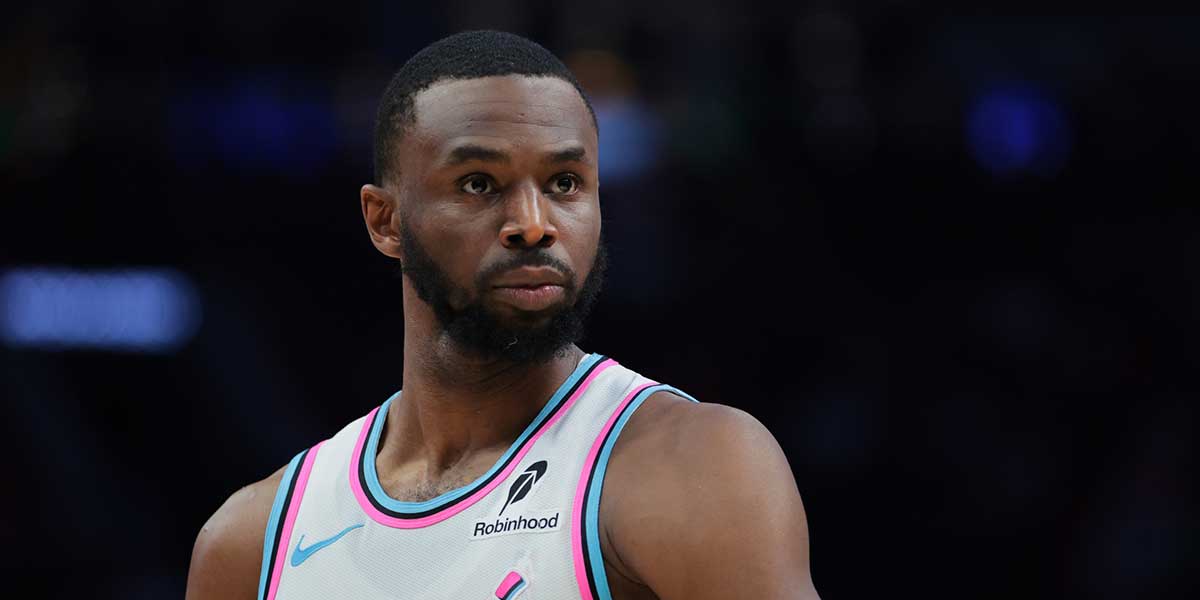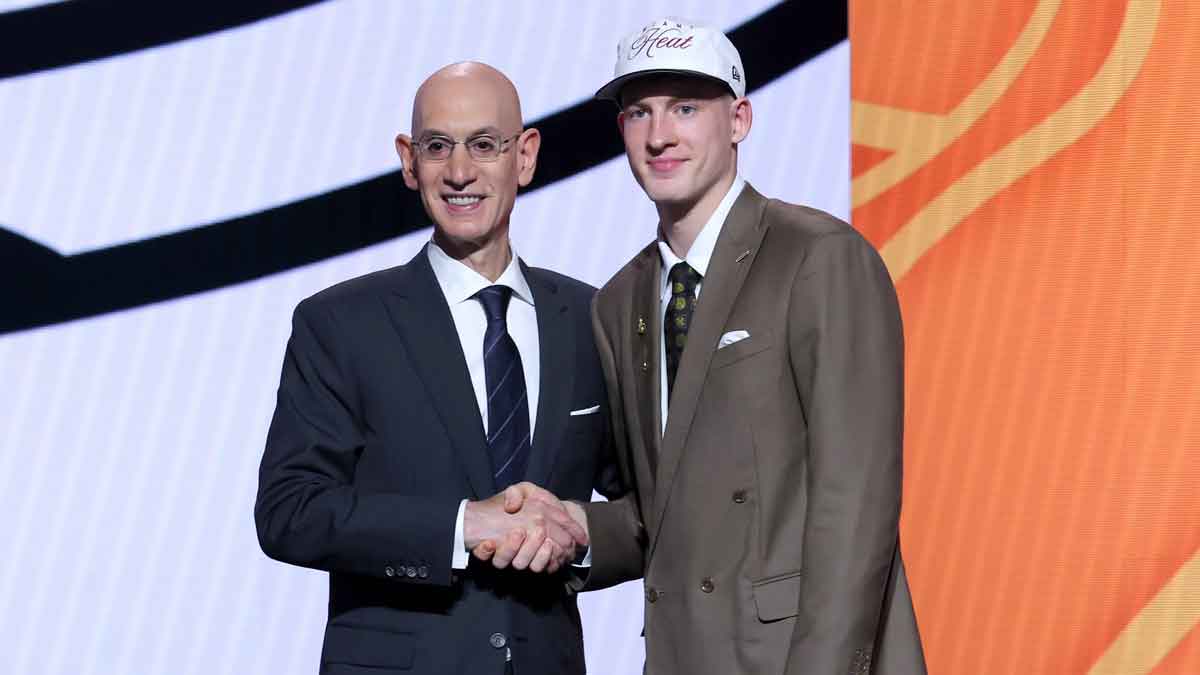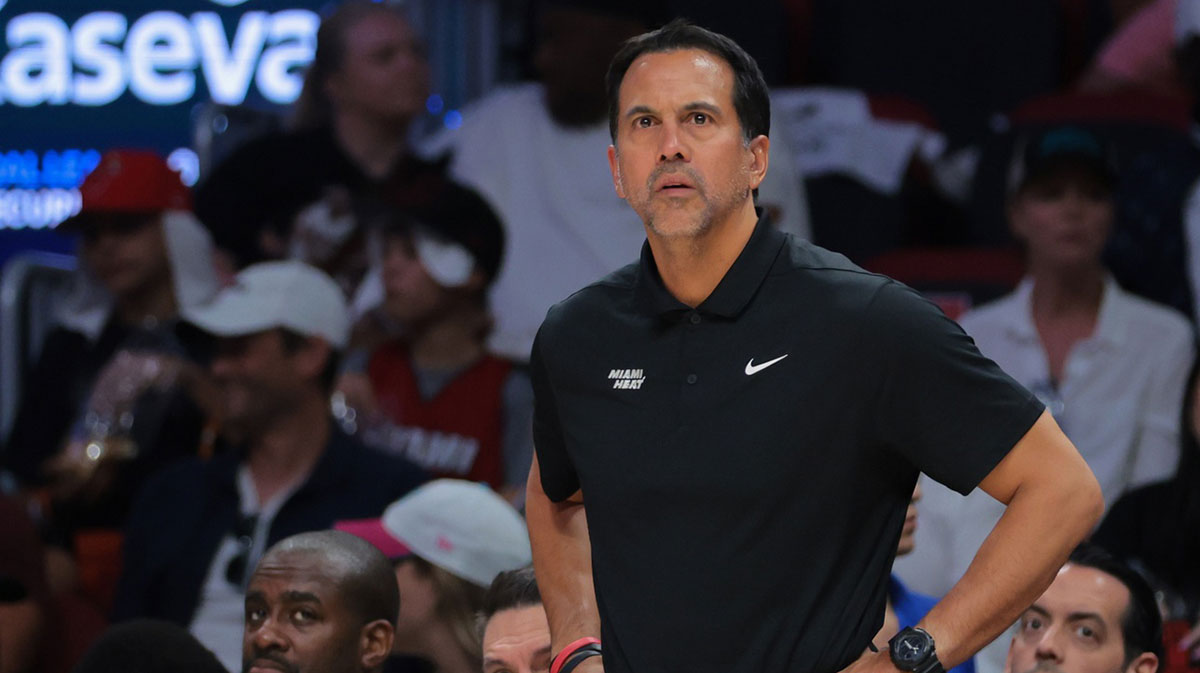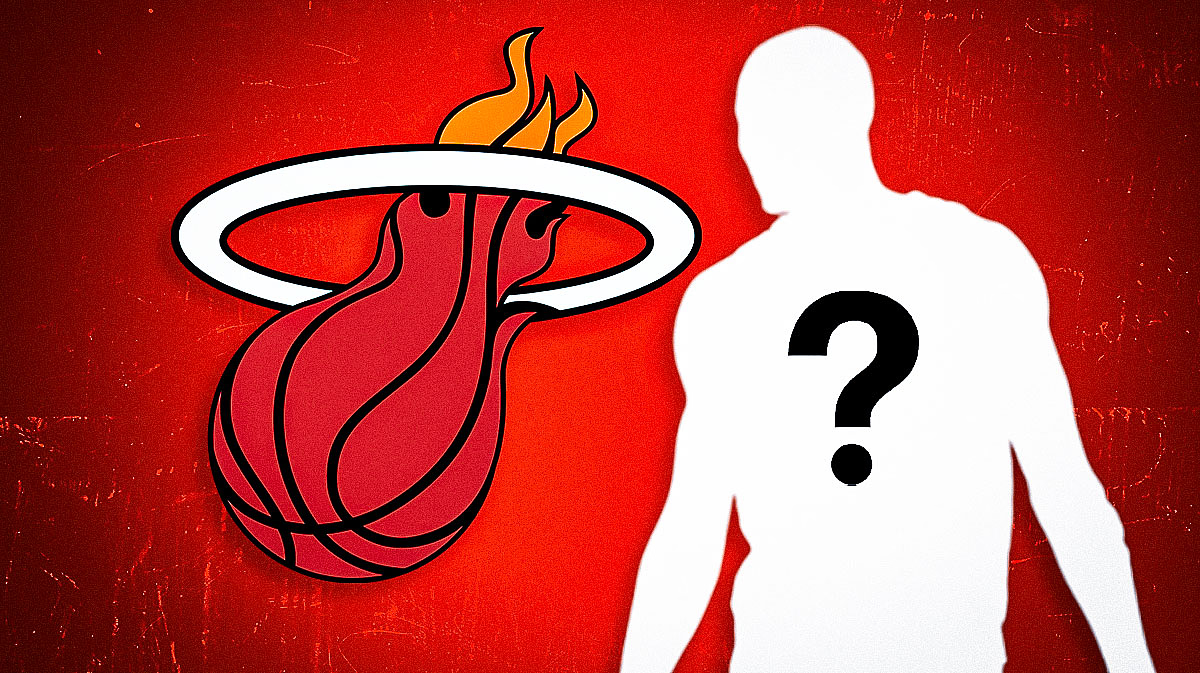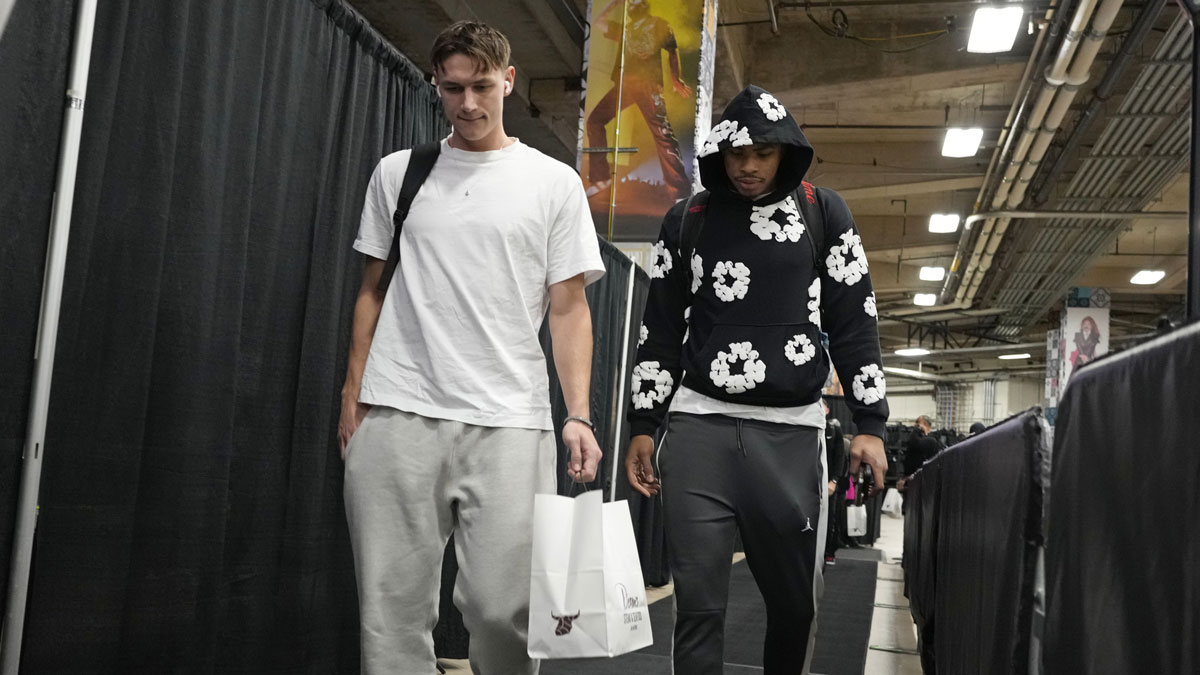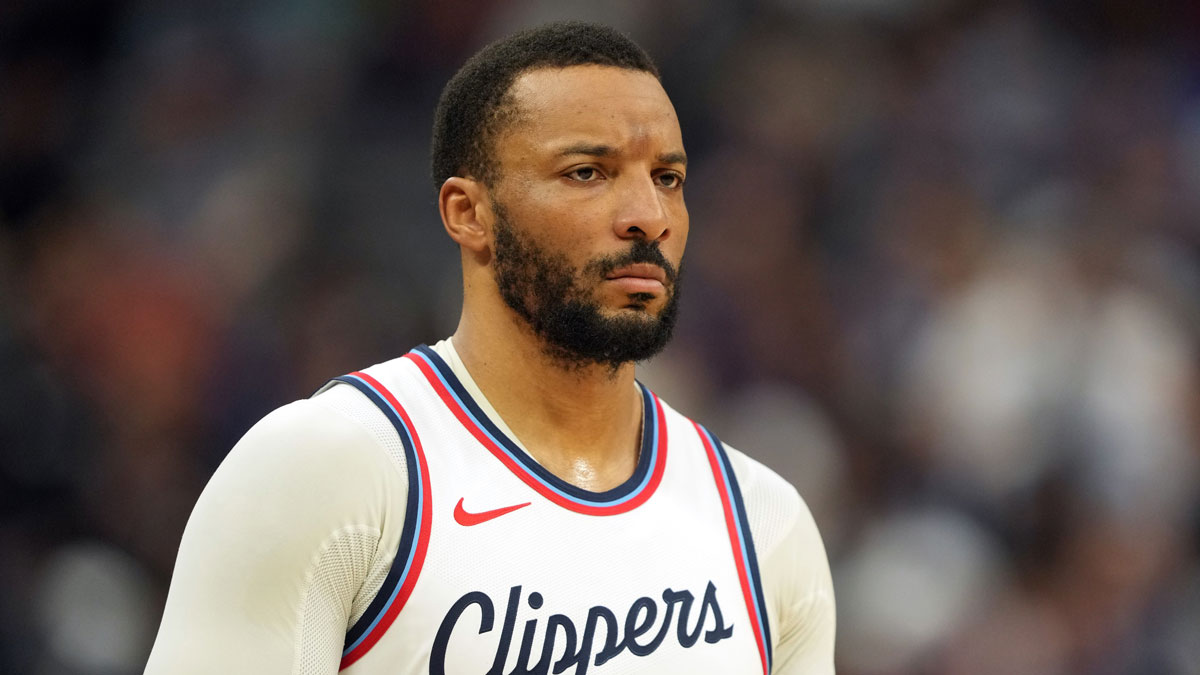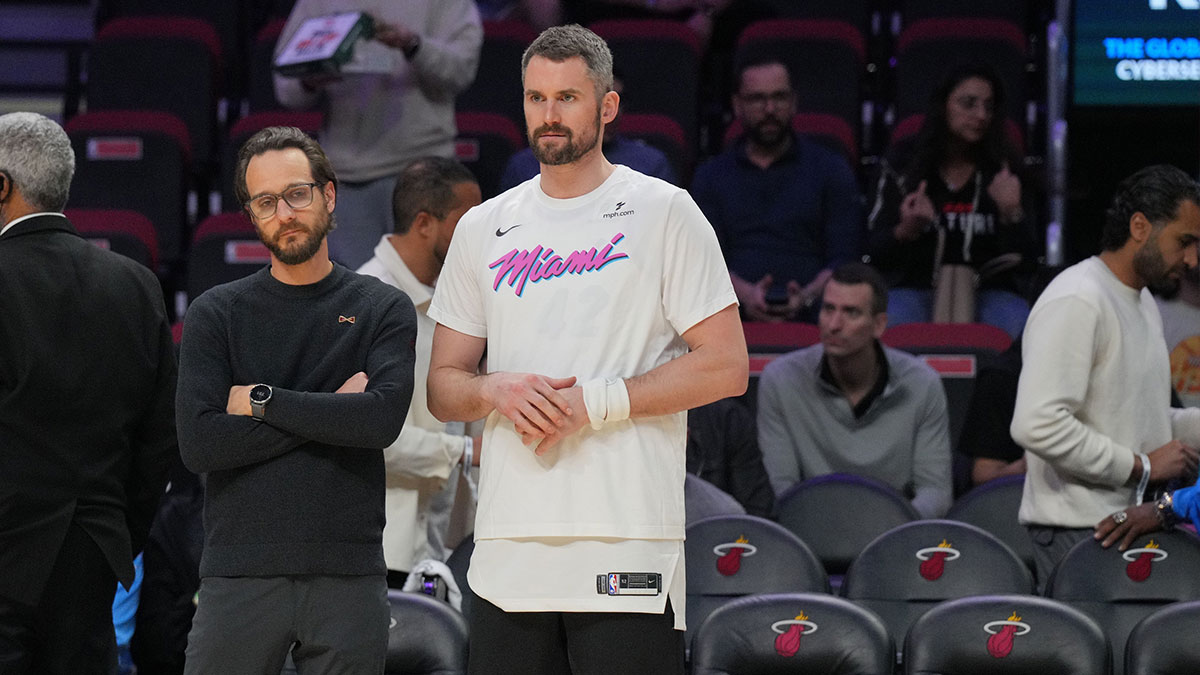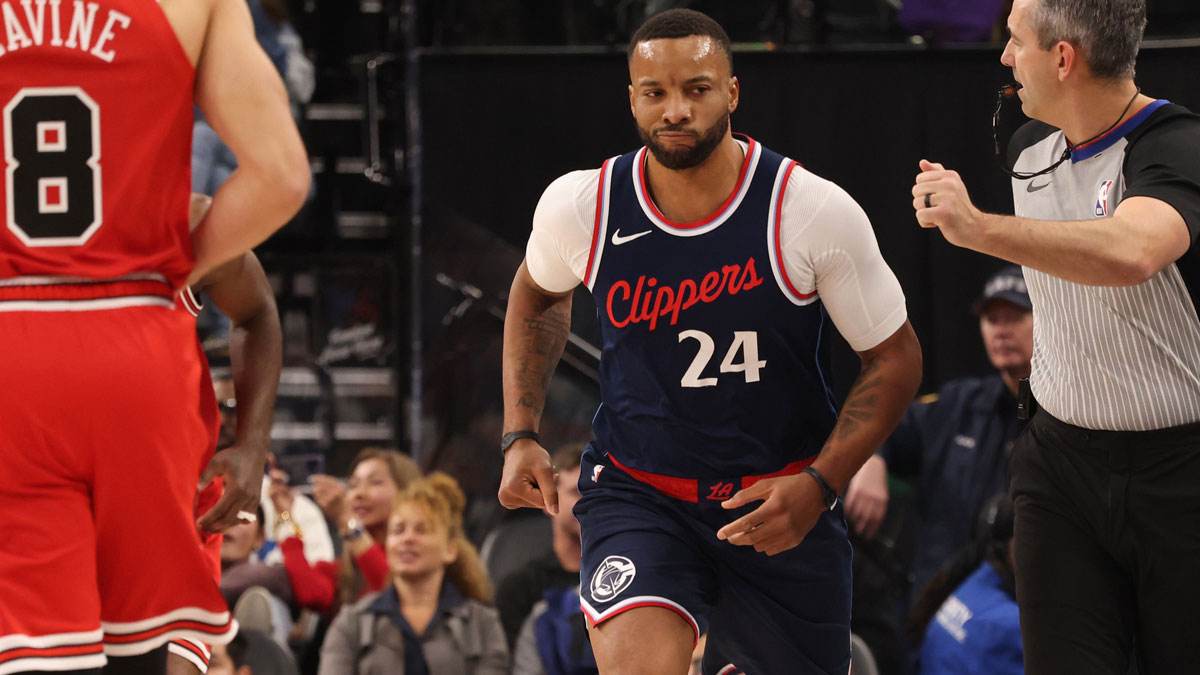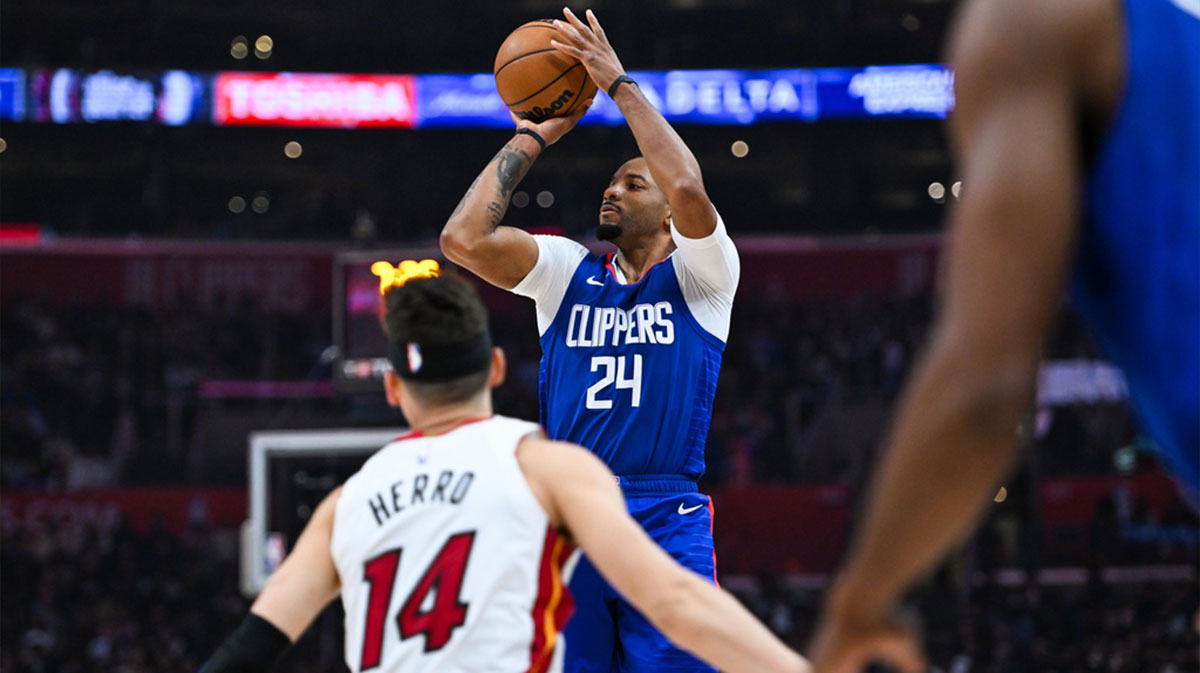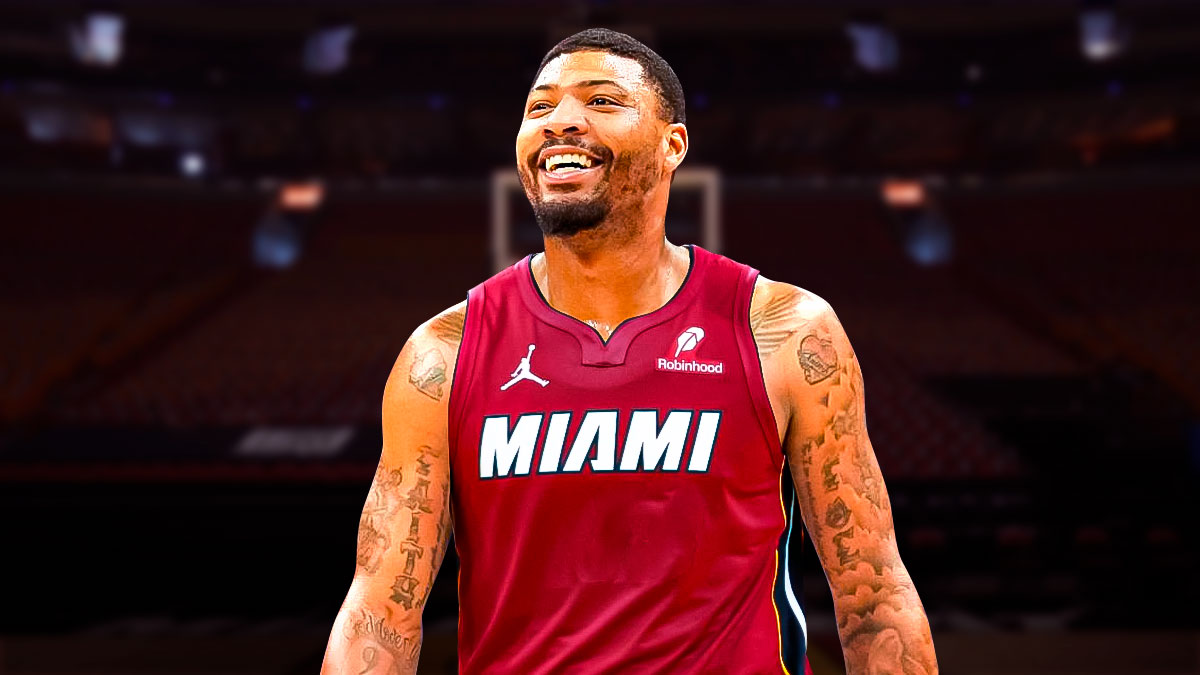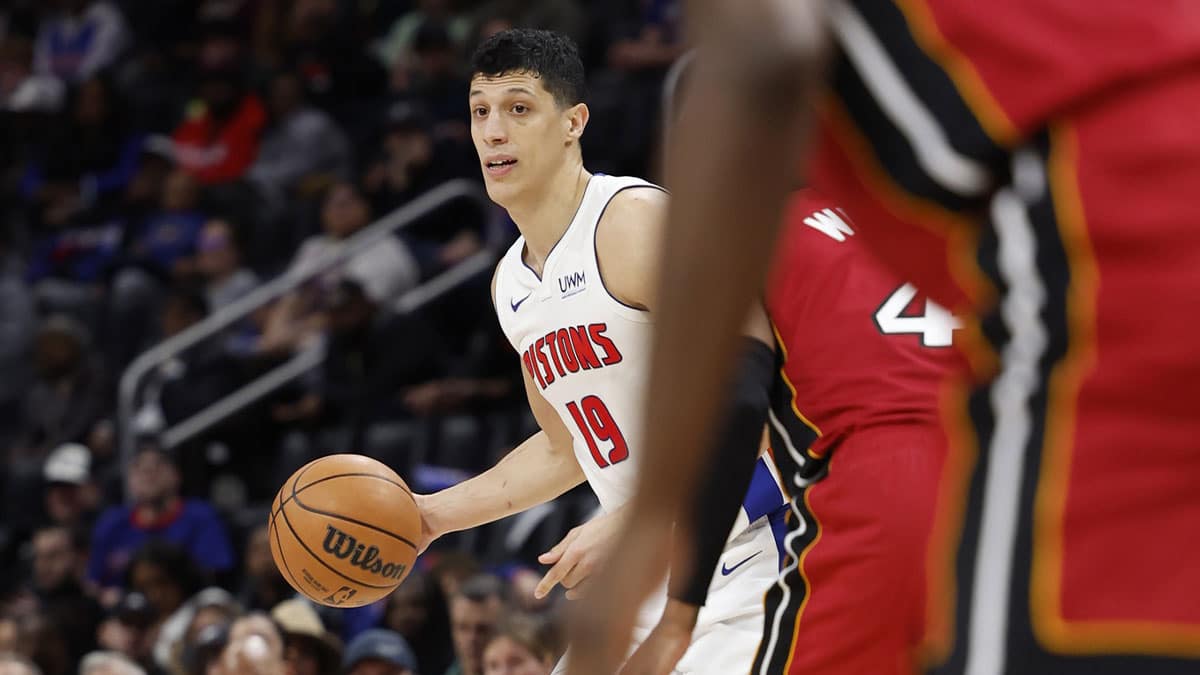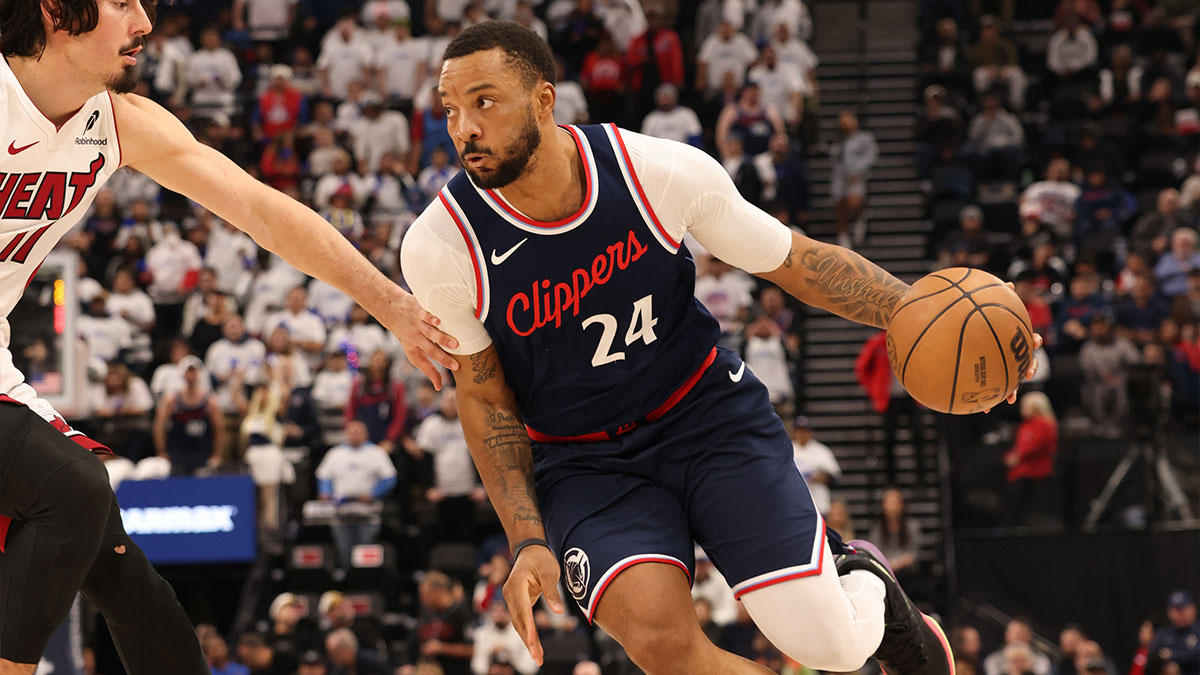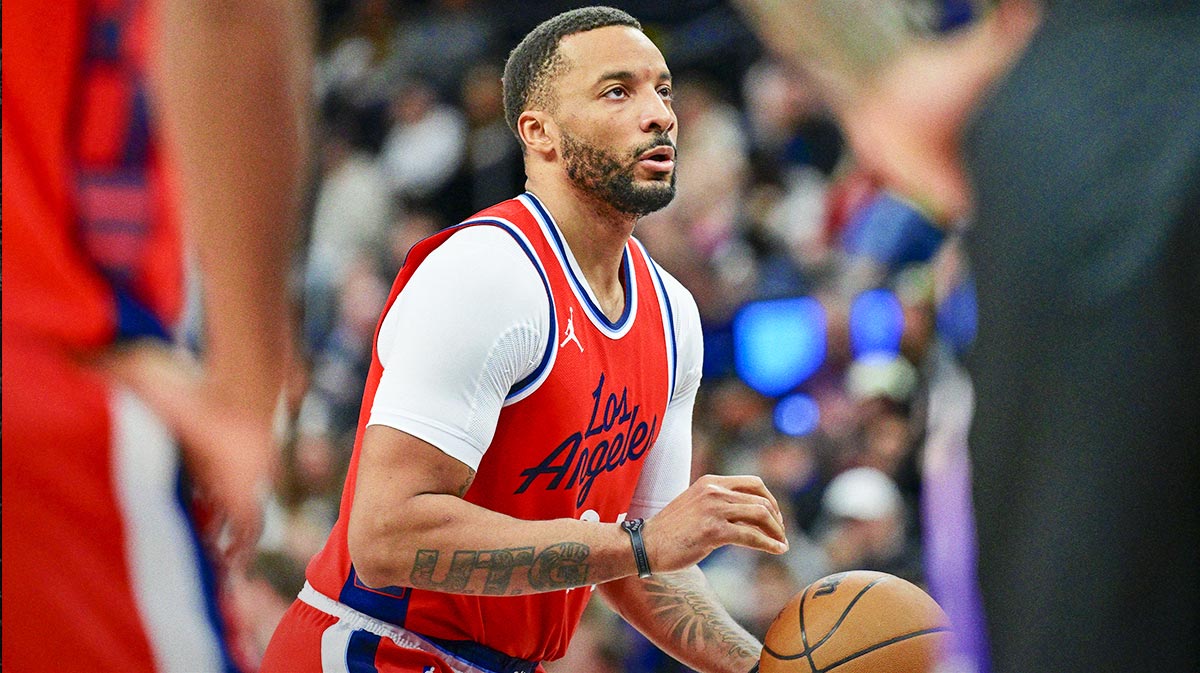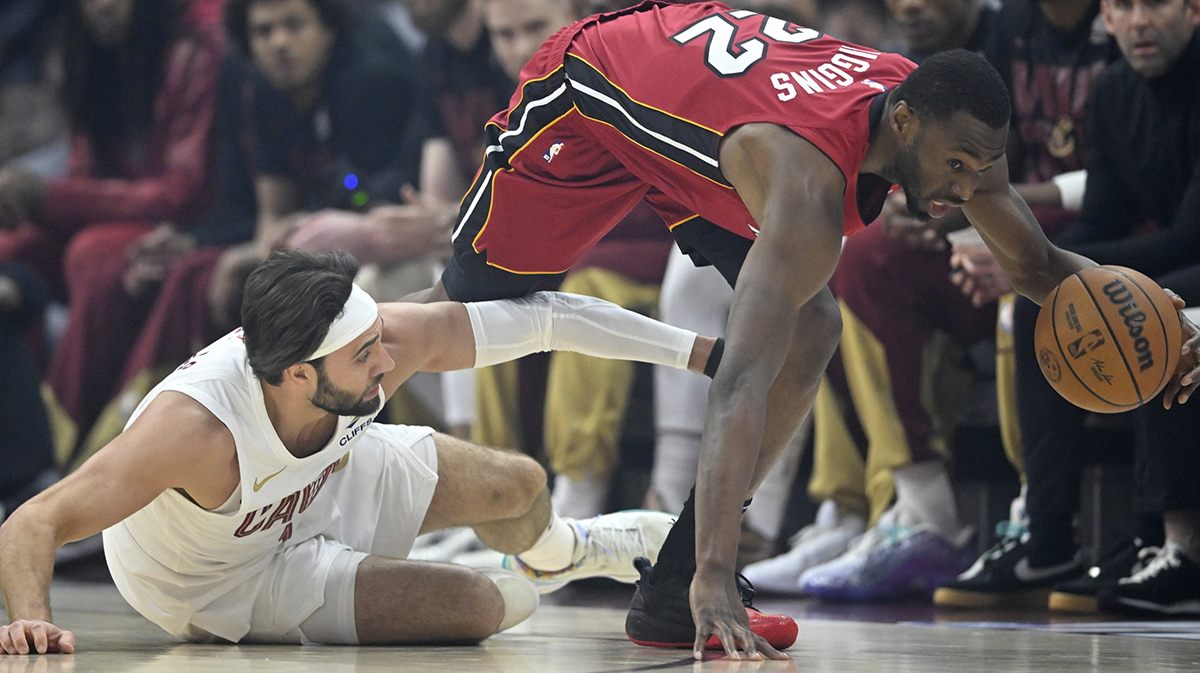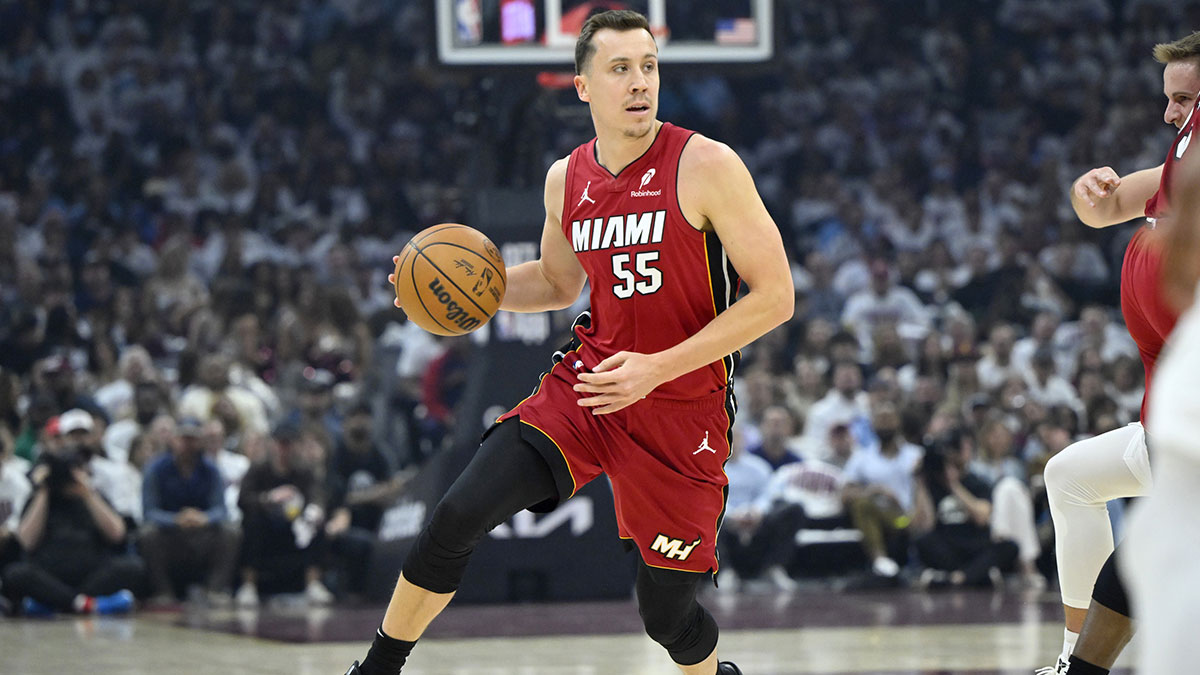The Miami Heat are back.
After stringing together a handful of mediocre-to-subpar seasons, the Heat have returned to being a potent threat in the Eastern Conference. Currently 22-8, they're the three seed in the East.
When a team goes from being out of the playoffs to a top-seeded team, it's usually because they brought in two superstars or endured some enormous roster transformation. For the Heat, that's not the case. Their prominent revival is a unique story.
Yes, they acquired Jimmy Butler this offseason, which is a franchise-altering move. At the same time, Miami had to execute a four-team trade with the Portland Trail Blazers, Philadelphia 76ers, and Los Angeles Clippers to acquire him. In the deal, the Heat traded top-flight center Hassan Whiteside, nifty wing Josh Richardson, and a future first-round pick for Butler and center Meyers Leonard.
Last season the Heat missed the playoffs, finishing 39-43. Did they have some young talent to be optimistic about? Of course, but nothing to the tune of them being a star away from contending. Yet, here we are. The Heat are a force to be reckoned with and getting productive minutes from their youngsters who are both rookies and fixtures from years past.
But it's not like they've just been role players; these kids are contributing at a level that was virtually impossible to forecast in the offseason.
Kendrick Nunn has been one of the coolest stories in the NBA this season. After going undrafted in the 2018 NBA Draft and spending last season in the NBA G League, Nunn has been an irreplaceable figure in Miami's offense. He has started all 30 games, is creating his own shot, and averaging 16.2 points per game. Nunn is one of the early favorites to win the NBA Rookie of the Year Award.
Fellow rookie Tyler Herro has also been an immediate contributor for the Heat. He's hoisting up perimeter jump shots and shooting off the dribble with ease. Granted one could argue he's forcing shots, Herro's 14.0 points per game and 38.6 percent shooting from beyond the arc is impressive for a rookie.
Bam Adebayo is establishing himself as one of the best big men in the NBA. He's an integral source of offense for head coach Erik Spoelstra's rotation by means of finishing relentlessly inside, stretching the floor, and finding the open man while playing well on the other end of the floor. The big man is averaging 15.7 points, 10.6 rebounds, 4.6 assists, 1.5 steals, and 1.3 blocks per game.
Last season Duncan Robinson was at the end of Miami's bench. This season he has started 25 of Miami's 30 games and proved he belongs. Averaging 11.7 points per game and shooting 44.8 percent from beyond the arc, Robinson is sticking outside jump shots and clearing passing lanes.
Justise Winslow, who still hasn't had that breakout season, has played to his strengths and served as a steady scorer and facilitator in the 10 games he has played this season.
Concurrently, Butler is playing his elite two-way game, serving as Miami's leading scorer (20.4 points per game) and playing lockdown defense; Goran Dragic has been superb coming off the bench, averaging 16.0 points per game.
A lot of Spoelstra's best players have similar skill sets and/or operate on the same part of the floor. Typically, that's an impasse waiting to happen. Instead, this group makes it work.
The veterans are playing up to their career standards, and their younglings are making each other better. This team has won 73 percent of its first 30 games. You rarely see the combination of an accomplished star and multiple players on rookie deals logging wins at this pace, especially this early in the season.
The road to success of this magnitude is usually a team creating the cap space to fit two max contracts onto their payroll or having the assets to execute a blockbuster trade. The Brooklyn Nets signing Kevin Durant and Kyrie Irving and the Los Angeles Clippers squeezing Kawhi Leonard and Paul George onto their payroll last offseason are recent examples.
The modern-day game is one dominated by isolation play and role players standing out on the perimeter to attempt three pointers if said isolation player gets hounded off the dribble. The Heat are no different in that regard based on them having Butler and a multitude of outside shooters. But this isn't a selfish team.
They can only get better.
South Beach has a basketball team on its hands that does a little bit of everything. They're a great perimeter shooting team that moves the ball and can play one-on-one, if need be. They have veterans to lean on and youngsters who are playing like seasoned veterans.
The Heat went into Thursday tied for first in the NBA in three-point shooting percentage (38.5 percent), fourth in field goal percentage (47.2 percent), eighth in offensive net rating (110.6), and ninth in points (112.5) and assists per game (25.2). They were also second in opponent three-point shooting percentage (32.4 percent), ninth in opponent field goal percentage (44.1 percent), 10th in opponent points per game (107.3), and 11th in defensive net rating (105.8).
They have familiarity, players that complement each other well, and there's room for growth. All this with a 22-8 basketball team. If this is the beginning of a retooling project, what's the end product?
The Heat probably aren't ready to win the East this season based on the continuity and high-octane rotations the Milwaukee Bucks and Philadelphia 76ers possess. With that said, the Heat are, at most, a few steps behind.
This is a unique roster from a construction and production standpoint and one that's going to be a hassle to play against for the foreseeable future.

